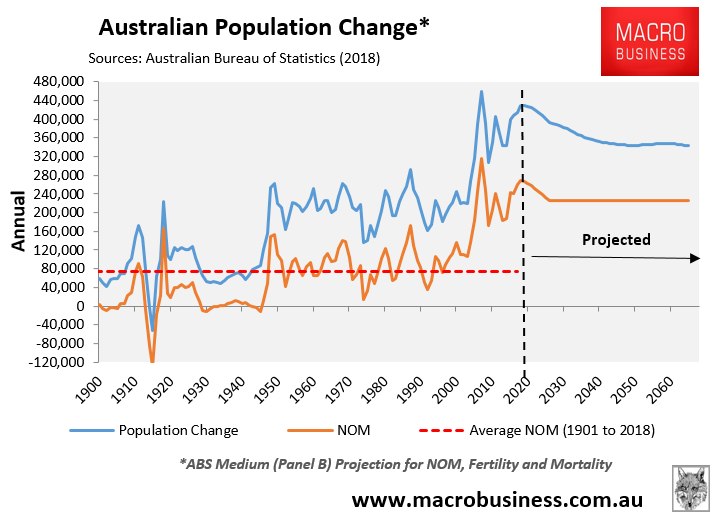The Labor state governments will reportedly use the Morrison Government’s new found concerns about excessive immigration as an opportunity to demand greater funding from the federal government at the upcoming COAG meeting. From The New Daily:
The Prime Minister asked for it. And Scott Morrison is going to get it from Labor premiers on Wednesday, who are lining up to take pot shots at the PM over his call to debate a cut to immigration…
The Prime Minister has called for a more collaborative process to set migration levels, but the Labor states plan to drag the debate back to adequate resources for roads, schools and hospitals.
Victorian Premier Dan Andrews agrees and will tell Mr Morrison so when he flies into Adelaide on Wednesday…
However, New South Wales Premier Gladys Berejiklian is strongly backing Mr Morrison’s call to cut migration.
The daughter of Armenian immigrants, the Liberal leader has called for NSW’s immigration intake to be slashed by half.
I’m glad the vertical fiscal imbalances (VFI) surrounding the federal government’s mass immigration ‘Big Australia’ policy will be debated at COAG, because it is at the heart of the issue.
As the federal government receives 80% of Australia’s tax revenue, it sees mass immigration as an unambiguous positive, since it collects the lion’s share of the financial benefits via personal and company taxes.
The states, by contrast, are left carrying the cost of infrastructure and services to support population growth (think roads, public transport, schools and hospitals).
Analysis by the Grattan Institute in 2014 showed that “unprecedented infrastructure spending by states and territories” since the escalation of population growth from 2004 is “largely responsible for a $106 billion decline in their finances since 2006“, and that “after a threefold increase in capital spending over the last 10 years, states are paying 3 per cent more of their revenues in interest and depreciation”.
Separately, Grattan executive director, John Daley, recently noted that “state governments were struggling to deal with rapid population growth in their major cities and the quality of life of residents – represented by the rapid growth in house prices in recent decades – was suffering”.
To date, the states have ‘managed’ these costs by shoving massive infrastructure spending off balance sheet, including through privatising assets via budget tricks like Public Private Partnerships (PPPs). In the process, this has created substantial hidden costs for residents – effectively private taxes – via things like tolls and user pays charges.
Infrastructure provision has also failed miserably to keep pace with population growth, as noted by Infrastructure Australia yesterday, resulting in crushed living standards.
Basically, the whole political structure around immigration is dysfunction because of three tiers of government, entrenched VFI, diffusion of responsibilities, buck-passing, etc. So making the federal government internalise the costs of mass immigration is a key to forcing it to moderate the migrant intake.

Until the federal government is directly exposed to the costs of mass immigration – by bearing the costs of economic and social infrastructure – then it will continue to run the program at a turbo-charged rate.

